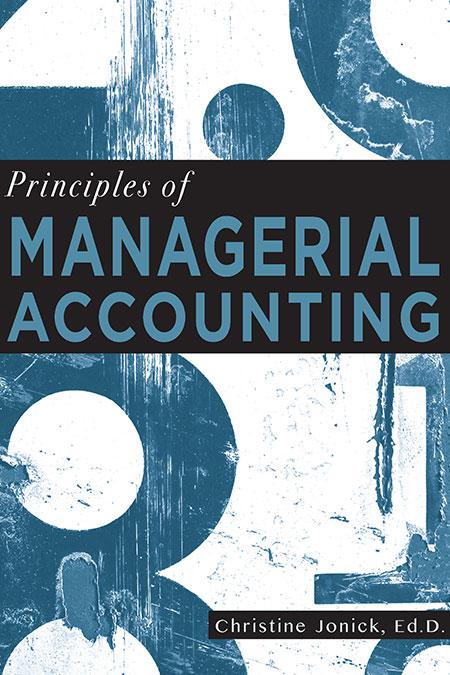Question
The words in BOLD are answers choices to choose from! :) 1) Consider SHHs need to control its skyrocketing costs, Jacks discussion with experienced nurses
The words in BOLD are answers choices to choose from! :)
1) Consider SHHs need to control its skyrocketing costs, Jacks discussion with experienced nurses regarding their use of hospital resources, and the reported costs that you calculated from each cost system. Based on these considerations, which cost system (current or vitalsigns) should Jack choose? Briefly explain the reasoning behind your choice.
A. Vital signs or Current costing system should more accurately allocate costs to service lines because its cost allocation base.
B. Both, Current, or Vital Signs uses only one cost driver and Both are equally, Vital signs are more, or Current system is more.
C. The more accurate Vital signs or Current system should generate a more accurate estimate of the cost per nursing hour, which affects the budgeting process, because the portion of costs allocated to each service line, ER.
2) What does each of the calculated variances suggest to Jack regarding actions that he should or should not take with respect to investigating and improving each variance? Also, briefly explain why the variances differ between the two cost systems.
A. The overall current systems OR flexible budget variance ($47,500) is very Large and unfavorable, Large and favorable, Small and favorable, or zero, suggesting that the subvariances (price variance and efficiency variance) should be calculated.
B. The current systems OR price variance ($40,000) is very large and unfavorable, suggesting that the nursing hiring manager negotiated a bad or good price and that nursing hour pay cuts might be necessary.
C. The current systems OR efficiency variance ($7,500) is moderate and unfavorable, large and favorable, large and unfavorable, zero, suggesting that the operating room manager used too many OR nursing hours for the actual number of surgeries performed.
D. The overall vital signs OR flexible budget variance is moderate and unfavorable, large and favorable, large and unfavorable, or zero, and suggests that nothing needs to be investigated further.
E. The vital signs OR price variance ($10,000) is large and unfavorable, large and favorable, small and favorable, suggesting that the nursing hiring manager negotiated a good price.
F. The vital signs OR efficiency variance ($10,000) is large and unfavorable, large and favorable, small and favorable, or zero, suggesting that the operating room manager used too many OR nursing hours for the actual number of surgeries performed. In addition, it would be unwise had Jack decided to end the variance analysis after seeing that the flexible budget variance was zero. Only after continuing on with the analysis to calculate the price and efficiency variances would Jack realize that the zero flexible budget variance was the result of two large offsetting variances, both of which likely require further investigation and attention.
G. Overall, the two cost systems produce different or same reported costs of the two service lines, ER and OR. The current system assigns nursing costs equally because the ER and OR have the same number of patients. Alternately, the vital-signs system assigns twice or thrice as much of the nursing costs to the OR because the OR requires twice or thrice as many vital signs checks of its patients as the ER does of its patients. In addition, the two systems produce different or same estimates of the cost incurred by the hospital per OR nursing hour. When used as the standard costs in the budgeting process, these different or same reported costs, lead to very different flexible budget variances and price and efficiency variances for the OR service line. Therefore, the managerial accountant should be very careful when constructing a cost system and be sure that the chosen allocation bases are as accurate as possible to match the underlying resource consumption patterns of the business environment. Choosing different cost allocation bases usually will result in differences in reported service line costliness and various variances, which can have ramifications for numerous managers (e.g., purchasing managers responsible for price variances, production managers responsible for efficiency variances, other managers responsible for making service line mix decisions, etc.)
Step by Step Solution
There are 3 Steps involved in it
Step: 1

Get Instant Access to Expert-Tailored Solutions
See step-by-step solutions with expert insights and AI powered tools for academic success
Step: 2

Step: 3

Ace Your Homework with AI
Get the answers you need in no time with our AI-driven, step-by-step assistance
Get Started


